The world through the lens of a female photographer, Bernice Beltran

Don’t be afraid of making mistakes because all creative work is experimental. You will always make mistakes, and someone will reject you, says Bernice Beltran, a female photographer.
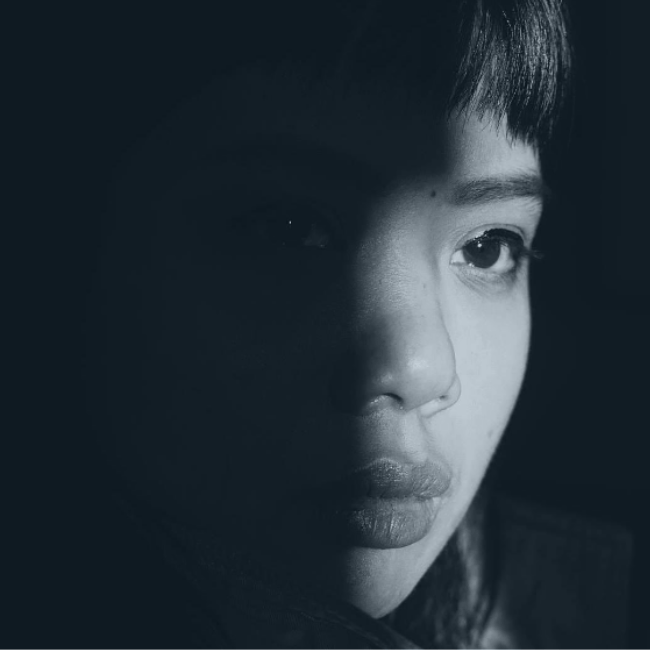
The world through the lens of a female photographer, Bernice Beltran
Bernice Beltran is a Filipina documentary photographer and writer based in Manila. She has created work covering a wide range of topics and is of high quality, including women empowerment, indigenous peoples, and environmental issues.
Many people would say her photographs and stories were a gift– to women in particular. But, of course, there is a backstory to every step she took to get to where she is now. She shared her story about how she got started as a photojournalist, and the difficulties she encountered along the way.
Start of a journey
Beltran used to think of photography as a simple thing that was only used for ID photos when she was younger. It never crossed her mind that it could be a profession. She only had a basic understanding of photography and photojournalism in general. Beltran had no idea photography could be used as a means of communication.
As a result, she had little to no access to photographers, their work, or even a camera throughout her childhood until she became a college student. Nevertheless, Beltran enjoyed her college program, Visual Communication, because it encompassed various courses such as advertising, film, editorial, photography, and figure drawing.
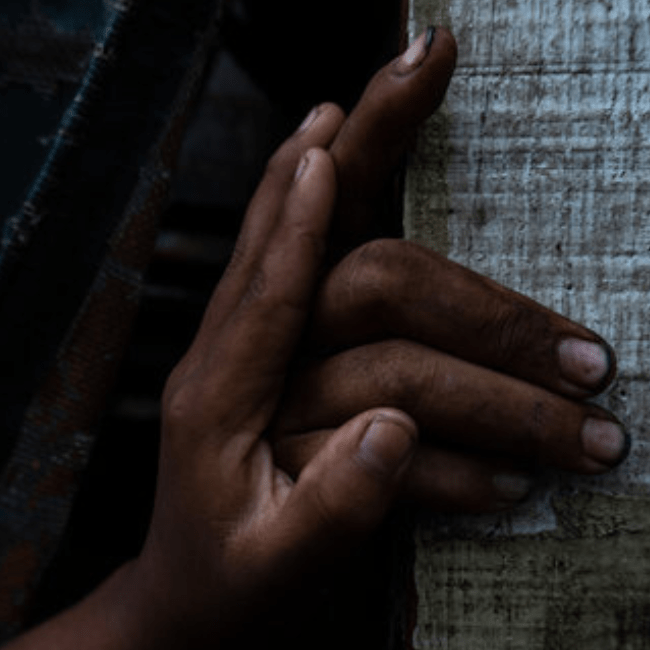
Bernice Beltran went on to work as a graphic designer later on, but she realized early on in her career that she wanted to be a photographer above all else. She wants to tell a story with photographs, stories with the power to inspire and change. Beltran pursued photojournalism and documentary photography at the time. She raises awareness about women, indigenous people, and environmental issues using her photojournalistic work as a platform for these advocacies.
At her own pace
Beltran is no stranger to switching gears. She thrives as a freelancer when she can jump from one story to the next. She works at her own pace, but being a freelancer has its difficulties.
Unlike regular photojournalists who get paid regularly, freelancers only get paid when they work or have a project, which is where the problem starts, Beltran shared.

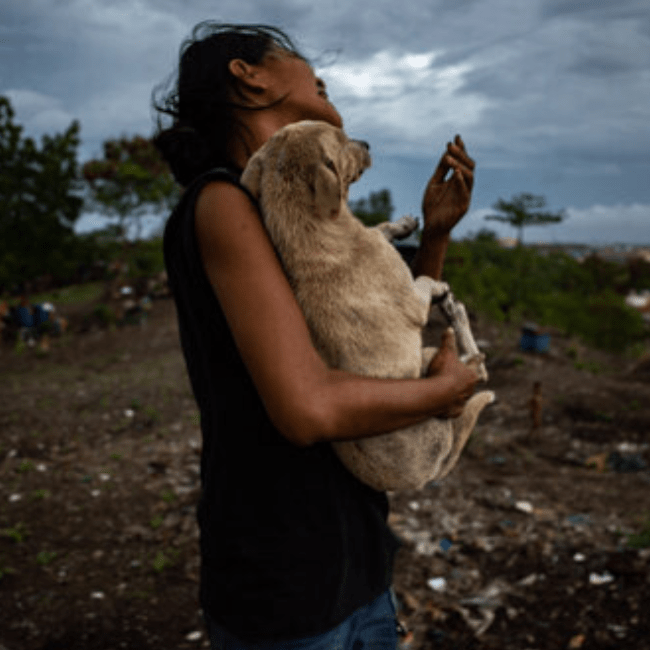
Nonetheless, freelancing for her comes with the excitement of not knowing what lies ahead and being open to a plethora of other possibilities. Her colorful career as a freelance documentary photographer has included work on subject matters like gender-based violence, women empowerment, tribal displacement, and more.
Ethics and distinctive values
Throughout her career as a documentary photographer, Bernice Beltran learned that more than anything, she must adhere to the code of ethics and her unique values as a photojournalist. Being a photojournalist is a huge responsibility and a challenging profession.
A photojournalist must be honest, hardworking, mindful, and respectful of others. In her case, she always obtains consent and is aware of the sensitivity of the photographs and the story’s context. Beltran feels as if she’s entering forbidden territory with each image she takes, she is surrounded by privacy lines she shouldn’t cross.
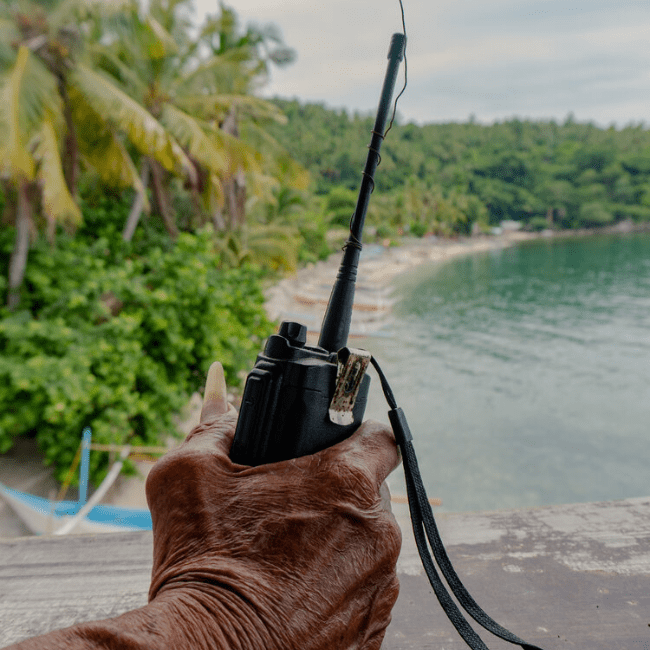
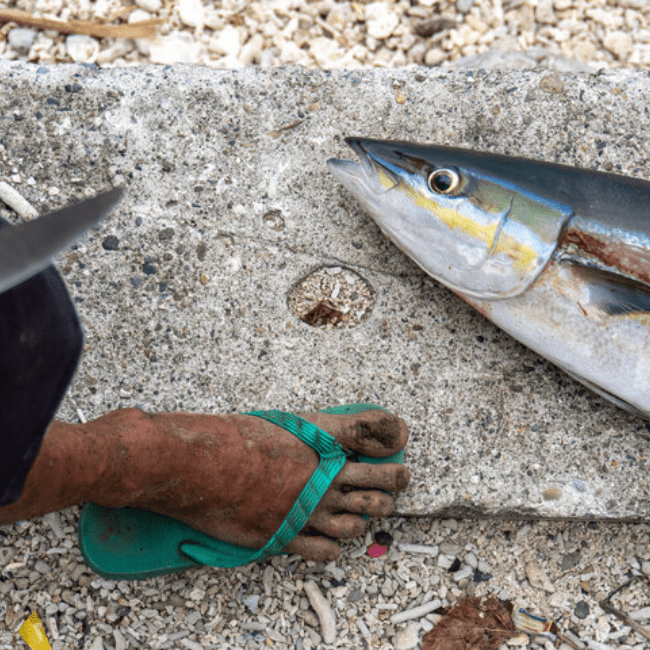
It’s okay with me if I don’t have anything to publish. I’d rather have a problem with what I’m going to eat today than have people bully the subject of the photographs I took, she stressed.
Beltran went on to say that, in keeping with her guiding principle of “Do no harm,” she always obtains consent and respects privacy.
Advocating for change
Most photojournalists get into the field because they think some stories are important to tell. They want to make a difference, and Bernice Beltran is no exception.
Since she started her career in photography in 2019, Beltran has explored how disasters like war and climate change affect marginalized communities. And a particular emphasis on the environment, indigenous people, and women. She photographed various subjects ranging from women’s support to gender-based violence and showing support for the indigenous Aeta tribe. Her inspiring photographs reflect her passion for storytelling and fostering change.
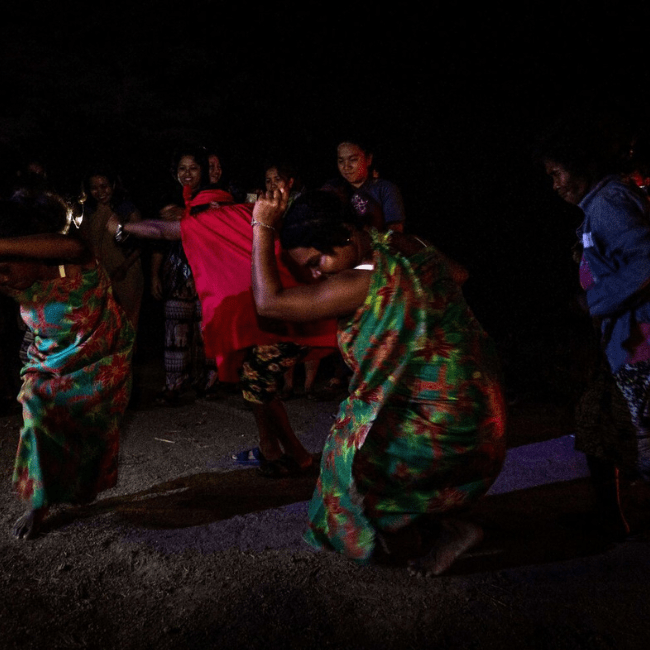
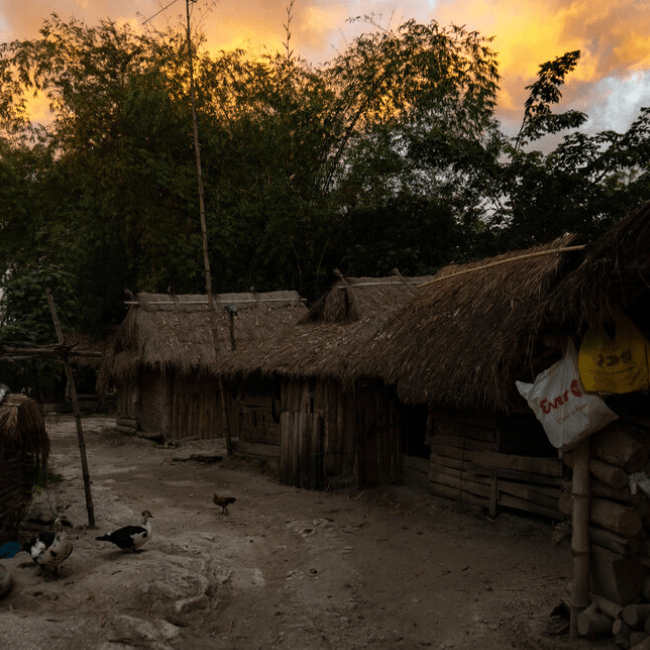
In 2020, she received grants from the National Geographic Society and the Earth Journalism Network to help her expand her previous works.
Not all grants are hit or miss. You won’t get the stories you want to cover just because you got the grant. So, there’s a bit of luck involved, and you’ll need to be good at writing grants and selling your story. You’ll need to persuade the person why what you’re doing is important, Beltran explained.
With the mindset she has established, Beltran continues to advocate for causes with her grants. Her works have appeared on ABS-CBN News Online and Light of the Catholics Asia News.
Beltran also entertained and answered some questions from which others, most especially aspiring photojournalists, might learn.
Q: What have you recently discovered about your profession that you wish you had known earlier?
First, practicality, what I learned in art school at UP, I can study it elsewhere. Second, I wish I studied business because I am only studying it right now. What should the approach be, and how much should the fee be?
It’s not true that when you had a major grant, people would line up for you. That is not the case. You’ll have to keep pitching stores until it’s approved. Rather than waiting for the client or for them to come, you choose what publication and story you want to pursue now and then. It would be best if you took the initiative.
Q: What’s something horrible that we have accepted as the norm in the photojournalism field because that’s how things are, but actually, things don’t have to be that way at all?
Maybe it’s the low wages. Low wage is a complex topic because even the editors I know are fighting for it but can’t do anything. They don’t get to decide how much. Even if they fight for it, it appears that in the end, the higher-ups still have the final say on whether to say yes or no. But, sadly, yes. Unfortunately, photojournalists’ salaries are not exceptionally high here.
Q: How did you connect with the Aeta Tribe as a photojournalist, allowing you to capture powerful images and prompting you to write a story about them?
You’ve probably experienced the feeling of having something taken away from you even though you know it’s yours. I showed in my photographs that Aeta Tribe has a beautiful place, and suddenly, they no longer have it. The feeling of loss. In that part, they are bullying them, and you know what it’s like to be underestimated.
Q: Would you rather die documenting a dangerous situation or give away your photographs for free?
I don’t think I’m the type of photographer who would put herself in danger for the sake of a photograph. The first question is, is it worth it? My motto has always been to live for another day. So even if it’s supposed to be a riot at the rally, no, you handle it; I have to live for tomorrow. And, besides, it’s not always the danger that makes the photo beautiful or powerful. Craft is a craft, regardless of whether you are in a safe or challenging environment; if you are good at photographing, you can take a powerful photo.
For a free photograph? There are instances where it’s okay to give it away for free. First, to whom will you give it? As an example, I give Amy her photos because, after all, why wouldn’t I? It’s her story. When I know the person has money and is harassing me, I don’t give my photos away for free. So, it’s situational. I am willing to work for free if I get something in return that is not of monetary value. What exactly is it? For example, creative freedom, I am allowed to experiment. The person who wants it for free doesn’t have anything to say. I’ll do whatever I want; I’ll choose where my photo appears, and you’ll receive it for free and promote it. But the images are still mine, 100%.
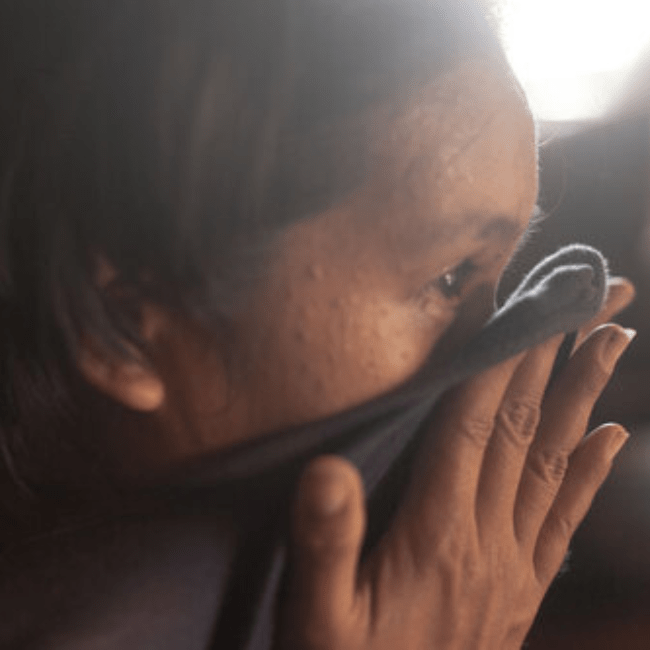
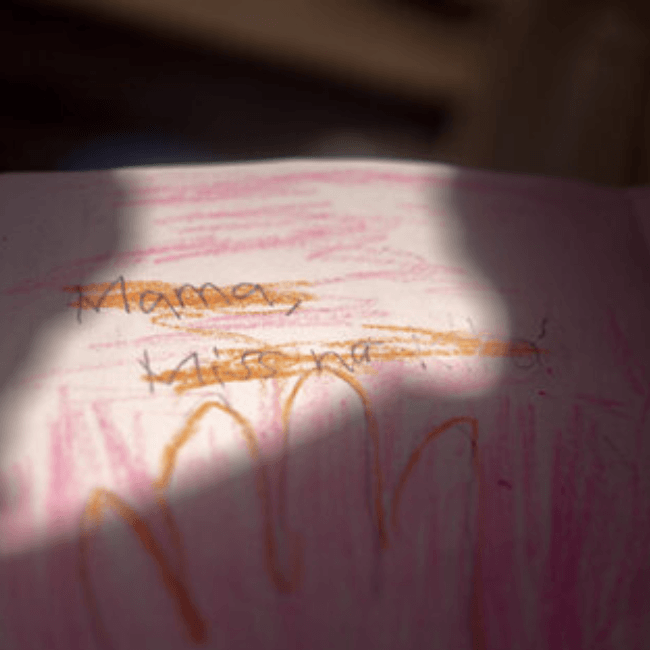
Bernice Beltran’s career as a documentary photographer-writer has not been easy, but it did not stop her from continuing to capture people’s stories. She also gave wonderful advice to anyone who wishes to do the same work as her: make every hurdle a challenge for yourself, and you will notice a significant improvement that both you and your audience may benefit from. With her powerful camera and strong mindset, she is undoubtedly a great woman, a great documentary photographer.
To know more about Bernice, you can check out her website and portfolio here.
Judie likes to write about real-life stories because she wants her readers to understand what it's like to be there and feel the same emotions as the characters she is writing about. She has a great eye for detail and the ability to perform well under pressure because she has been a writer since middle school. And she wants to be the writer who can speak truth to power, stand up for the voiceless, expose hypocrisy, injustice, and bring attention to what she believes to be significant.






